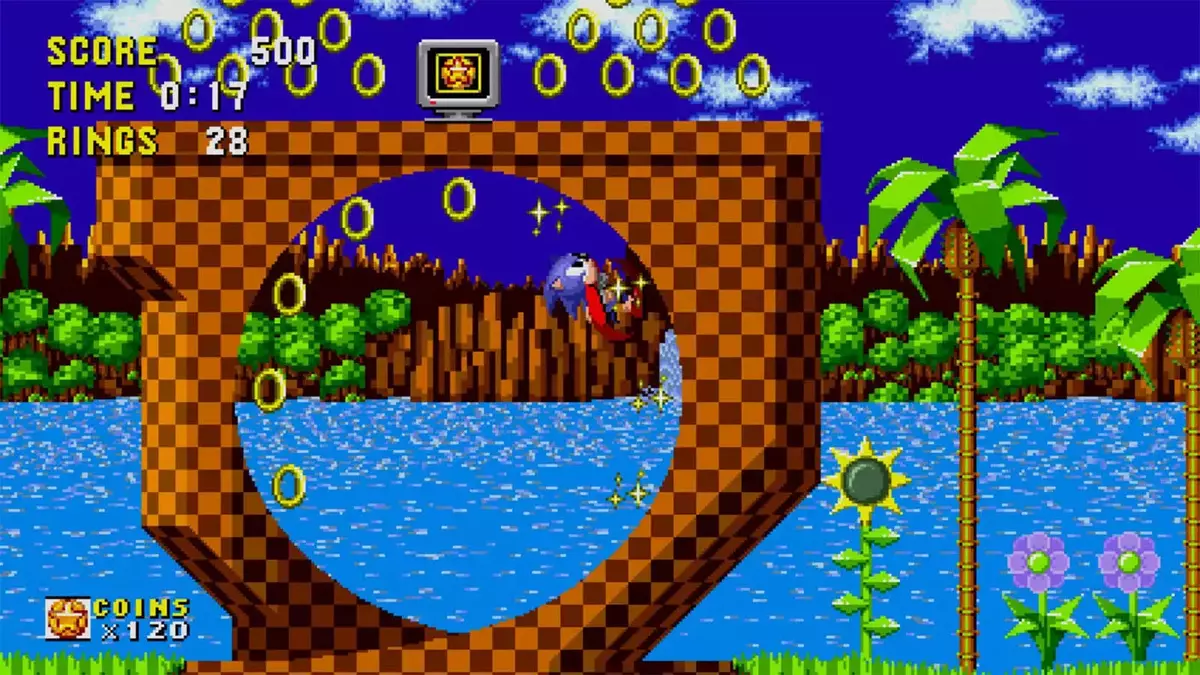Video games have undergone a remarkable transformation over the years, evolving from solitary experiences to vibrant, interconnected worlds where players can collaborate and compete with others from around the globe. In this article, we will explore the social evolution of video games, tracing the journey from single-player adventures to the thriving multiplayer communities that define modern gaming.
Table of Contents
- Introduction
- The Early Days of Single-Player Gaming
- The Emergence of Local Multiplayer
- The Rise of Online Multiplayer
- The Social Aspect of Gaming
- Cooperative and Competitive Play
- The Esports Phenomenon
- The Future of Social Gaming
- Conclusion
Introduction
Video games have come a long way since their inception. Initially seen as solitary pastimes, they have evolved into dynamic social experiences that foster collaboration, competition, and global communities. This transformation has fundamentally changed how people perceive and engage with gaming.
The Early Days of Single-Player Gaming
In the early days of gaming, video games were primarily solitary experiences. Titles like “Pong” and “Pac-Man” were designed for a single player to enjoy, focusing on high scores and personal achievements rather than social interaction.
The Emergence of Local Multiplayer
The concept of local multiplayer gaming, where friends and family could play together in the same physical space, gained popularity in the 1980s and 1990s. Games like “Super Mario Kart” and “GoldenEye 007” on consoles like the Nintendo 64 brought people together for hours of competitive and cooperative fun.
The Rise of Online Multiplayer
The advent of the internet transformed gaming in the late 1990s and early 2000s. Online multiplayer games like “Counter-Strike” and “World of Warcraft” enabled players to connect with others globally. This marked a seismic shift in the social aspect of gaming, as players could form virtual communities and compete on a global scale.
The Social Aspect of Gaming
Online gaming not only allowed players to engage with friends but also facilitated interactions with strangers who shared their passion. Gaming communities, forums, and voice chat platforms became integral to the gaming experience, enabling players to discuss strategies, share experiences, and form lasting friendships.
Cooperative and Competitive Play
Modern video games offer a wide spectrum of social gameplay experiences. Cooperative games encourage teamwork and camaraderie, while competitive games pit players against each other in high-stakes battles. Titles like “Fortnite” and “Among Us” exemplify the diversity of social gaming experiences available today.
The Esports Phenomenon
Esports, competitive video gaming, has exploded in popularity, becoming a global phenomenon. Esports events, such as the League of Legends World Championship and The International (Dota 2), draw massive audiences and offer professional opportunities for skilled players. Esports epitomize the competitive and social potential of video games.
The Future of Social Gaming
The future of social gaming holds limitless possibilities. As technology advances, virtual reality (VR) and augmented reality (AR) will create even more immersive social gaming experiences. Cross-platform play and cloud gaming will further break down barriers, allowing players to connect regardless of their gaming hardware.
Conclusion
The social evolution of video games has transformed them from solitary diversions into vibrant, interconnected worlds where players collaborate, compete, and forge lasting connections. As gaming technology continues to advance, the social aspect of gaming will only become more integral to the overall experience. Gaming is no longer just a hobby; it’s a social phenomenon that brings people together from all corners of the globe, united by their love of play and camaraderie.











